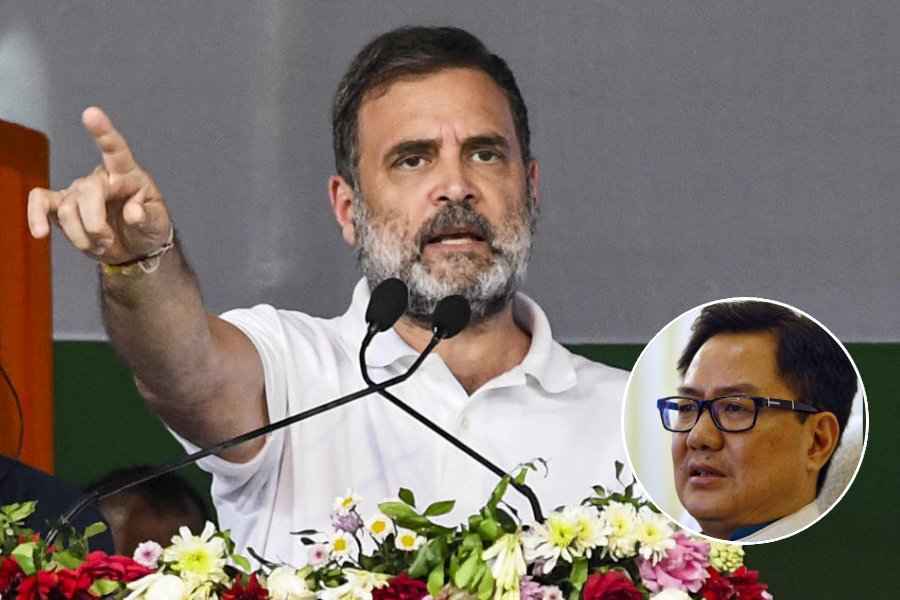The Union budget has been largely focussed on controlling inflation, fiscal consolidation, and the rural and agricultural sectors.
A series of reduction in excise duty and customs duty seem to be targeted more towards keeping the inflationary expectation down in the coming year. Fiscal consolidation is reflected through the budgetary provision towards reduction in overall expenditure.
The biggest reform this budget has initiated is all- round expenditure control. Expenditure control has been put in place especially with respect to subsidy burden. The overall expenditure in 2011-12 is pegged to increase by a meagre 3.4 per cent, which is quite a feat in the backdrop of over 15 per cent increase in the last two financial years. If the government can deliver on expenditure discipline, I will grade the budget very high.
However, our initial assessment is that this number might overshoot by Rs 40,000 - 50,000 crore during the course of the year.
The budget has of course highlighted various initiatives such as FRBM act implementation,creation of a debt management cell, rolling out policy for attracting FDI investment, various pending legislations to be taken in the forthcoming Parliament session such as insurance law, life insurance bill, pension bill, banking law amendment and bill to amend RDBFI act and SARFAESI act.
The long-pending proposal to reduce withholding tax for investment in Indian debt by the FIIs is a welcome move. On top of it, increasing the limit to $40 billion from the current level of $20 billion and allowing them to invest in unlisted debt securities is also commendable.
The FIIs will also be permitted to invest in unlisted bonds with a minimum lock-in period of three years. However, they will be allowed to trade among themselves during the lock-in period.
Additionally, Rs 30,000 crore worth of tax-free bonds can be issued by IRFC, NHAI, Hudco and ports in 2011-12. Access to offshore funds by domestic entities to finance infrastructure projects may, however, gain traction as interest payment on the borrowings of domestic infrastructure funds will now be subject to a reduced withholding tax of 5 per cent from 20 per cent, lowering the cost of raising foreign capital for this purpose. All these measures will result in further capital account liberalisation building marginally positive bias for the rupee in the medium term.
In our view, this is a big positive to attract global investors into Indian debt given the high interest rates and the differential rates.
The mutual fund industry is finally getting its due recognition by opening up the industry for foreign investors to invest in the Indian growth story through domestic mutual fund equity schemes.
This is a path-breaking initiative. However, this will be subject to completion of the KYC norm stipulated by the Indian regulator as well as local law that is applicable at the investing countries.
Also, changes in dividend distribution tax for institutional investors in debt schemes will bring them on a par with fixed deposits.
Overall the potential upside risk in the form of high inflation, fuel prices moving beyond acceptable levels and a bad monsoon still remains.
All three factors play an important role especially with the government stance of reduction in expenditure budget.











